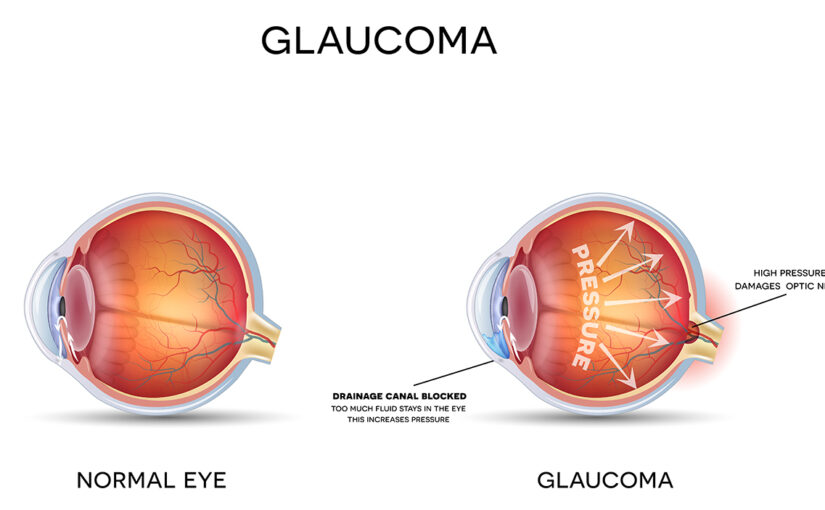Glaucoma often starts silently, stealing your vision gradually while you continue your everyday life none the wiser. More than 3 million Americans have glaucoma, and that number continues to grow. January is Glaucoma Awareness Month, and this is an excellent time to learn more about the condition and your risk level.
The cause of glaucoma is unknown, but this group of eye conditions is caused by increased fluid pressure in the eye and damages the optic nerve, which is responsible for sending the messages to your brain that are converted into images. Glaucoma is a leading cause of blindness, and while it’s most common in older adults, people of all ages can have the disease.
Glaucoma risk factors include:
- Age: People over 60 are most at risk, but African Americans have a higher probability of glaucoma starting at age 40. This likelihood increases every year after these ages.
- Race: Men and women who are African Americans, Asian, or Hispanic are more likely to develop glaucoma. The condition is six to eight times more common in African Americans than Caucasians.
- Family History: If your parent or a relative had glaucoma, you’re more likely to develop it and should be screened more often.
- Medical Conditions: Diabetes, high blood pressure, heart disease and sickle cell anemia come with a higher likelihood of glaucoma. Some medications — especially corticosteroids in eye drop form — also increase glaucoma incidence.
- Cornea Integrity: Thin corneas pose a glaucoma risk, particularly thin tissue at the center of the cornea’s surface layer.
- Severe Refractive Errors: People with extremely poor eyesight from nearsightedness or farsightedness are more likely to develop glaucoma.
- Previous Eye Injury or Surgery: A history of eye trauma can lead to increased eye pressure that damages the optic nerve, causes lens dislocation and interferes with the drainage angle and pathway.
Glaucoma Diagnosis, Prevention and Treatment
Many forms of glaucoma show no symptoms. The progression is so gradual that you may not notice until your peripheral vision is affected. Advanced symptoms can involve tunnel vision, eye pain, light halos, blurry vision, redness, headache and patchy blind spots. Glaucoma is typically diagnosed during a comprehensive eye exam that evaluates the fluid pressure in your eye.
You can reduce your risk of vision loss from glaucoma by scheduling regular eye exams, knowing your family history and taking medications as prescribed. Wearing eye protection and regular exercise may also help stall or prevent glaucoma progression.
Treatments for glaucoma include prescription eye drops, laser surgery and invasive procedures that improve fluid drainage by clearing blockages, creating new pathways or preventing increased pressure by lowering fluid production. These options can’t restore your vision, but they may prevent further vision loss. However, even with treatment, 15% of glaucoma patients will be blind within 20 years.
Schedule a Comprehensive Eye Exam at Vista Eye Specialists
Early diagnosis is critical to saving your vision from glaucoma. Contact Vista Eye Specialists in Fredericksburg or Culpeper today to schedule your eye exam with our ophthalmologist or medical optometrist.


